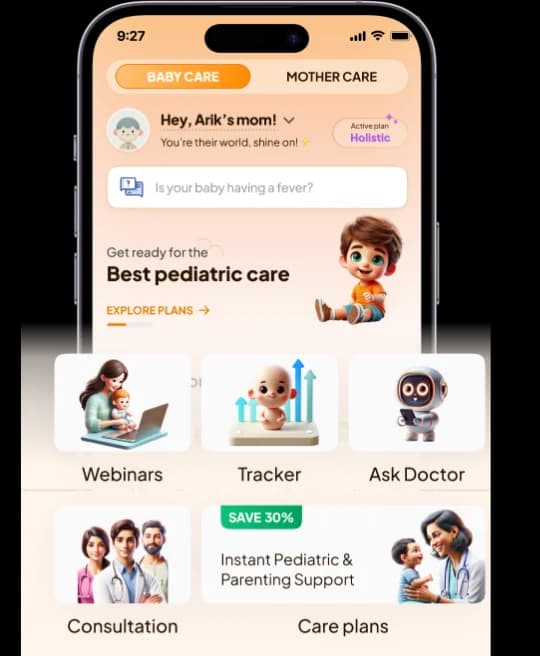
Borderline personality disorder (BPD) is a mental disorder that affects how individuals perceive themselves and others, resulting in difficulties in daily life. It is more common in early adulthood, but it can also occur in children.
In this blog, we will discuss BPD in children, its risk factors, causes, symptoms, complications, prognosis, treatment options, and when to seek medical care.
Risk Factors:
- Inherited tendency
- Challenging/troubled childhood
- Experience of sexual or physical abuse or neglect as children
- Aggressive strife and dysfunctional familial ties
Causes:
- Genetics
- Brain abnormalities
- Environmental factors like a history of child abuse or neglect
Symptoms:
- Extreme fear of abandonment
- Unstable relationships
- Rapid changes in self-identity and self-image
- Stress-related paranoia and reality loss
- Impulsive and dangerous conduct
- Suicidal threats
- Inappropriate rage
- Emptiness
- Mood swings
Complications:
- Adverse impact on relationships, employment, education, social activities, and self-image
- Multiple job losses or adjustments
- Lack of completion of education
- Legal difficulties
